Exhibitor’s Stories
PLAY LIVES
BODY
Mini hominids manipulable at will, dolls and figures mediate rituals of identity and status and embody fantasy as fetish or idol. Hong Kong’s successive generations of creators, from designer toy to sofubi communities, kept Hong Kong on the world figure map through the ebb and flow of social trends, inspired and inspiring, mixing look and worldview. Fashion or action? The selection follows two entwined paths, linking it back to the IMAGE display’s characters through stories of figures and features.
Nostalgic for Hasbro’s GI Joe once made in Hong Kong, collectors-turned hobbyists started repurposing action figures in the 1990s to recreate local heroes. Eric So’s Bruce Lee series inspired a realistic genre in an ongoing game of appropriator being appropriated, exemplified by the 12” model of the actor in his famed Game of Death yellow tracksuit by an unnamed maker. Enterbay’s Wong Fei Hung represents the craft at its finest and is emblematic of an established collectible figure market, while French hitman movie character Léon, popular in Hong Kong, symbolises an interpretation of European faces by China’s factory sculptors. While these first-wave designers focused on reproducing established idols, Michael Lau differentiated himself creating local band Anodize figures, before launching Hong Kong’s ‘Artoy’ phenomena in 1999 with his Hong Kong Arts Centre exhibition of 99 12” Gardener street wear action figures. Constantly reinventing a genre of his own, Lau trailblazed with off-the-wall characters such as the 6″ Crazysmiles adaptation of his seminal line. Eric So’s 2001 Estate Series, created with actor Sam Lee, portrays familiar faces from growing up on Hong Kong’s public housing estates. d852’s 2da6 series Ngau Wing (“Yee Daa Luk”, Cantonese for social underdog) participates in the social vinyl tableau.
Who’s in a body? 4D Master x Jason Freeny’s Brick Man Funny Anatomy puzzle literally deconstructs Lego’s body-as-brick system-fitting rationalisations. The genre, proposing infinite cosmetic variations of a generic figurine, epitomizes the need for individuality in a socially normative world. Genre initiator Kubrick’s Customize 2 (Girls) playfully packages the impossibility of difference in a modular female fashion play set. Cutting a striking figure in Hong Kong’s predominantly male plaything world, Lee Wai Chun’s Miss 13 Dots (“13., or Sap Saam Dim”) comic book stories of image and body play lives empowered young 1970s Hong Kong women to reclaim their body and adopt carefree lifestyle through versatility of fashion, with many literally sewing the stories’ outfits into life. Bandai’s Data Carddass Aikatsu collectible arcade data cards accelerate fashion mix-and-matching through its idol video fashion video and holographic games. Hong Kong Design Centre’s Design District Hong Kong (#ddHK) “Heart of Cyberpunk” – Immersive Fashion Experience project’s fashion dolls propose to cosplay by 12” proxy.
Sculpting the fluidity of intersectionality into body play stories, current ‘sofubi’ designers (from the Japanese ‘soft vinyl’) are proposing toys like ‘me’. Don’t Cry in the Morning’s happy-fortune-telling, takeaway deliverer Fuku Bear and Mini Gummy Fuku Bear actualise sweet dreams. TV game show host-inspired Kaiju Daawo referees superhero vs. monster matches. Evil-witch curse survivor Lillian guards her sisterhood’s loving home forest sanctuary with puppy BiBi. LeeeeeeToy dispenses with stories, inviting players to enjoy activities purely for amusement. Sense Party makes it exuberantly literal. Mini Earthly Mix & Match Fun Kit and “Don’t Worry, Be Earthly” Comic show us not to. SeeSee in Wonderland’s two-head kid ‘does anything real kids can’t – A, B, SEE! No boundary!’. So says Leeeeee: ‘Thank You For Playing Me ;D’
-
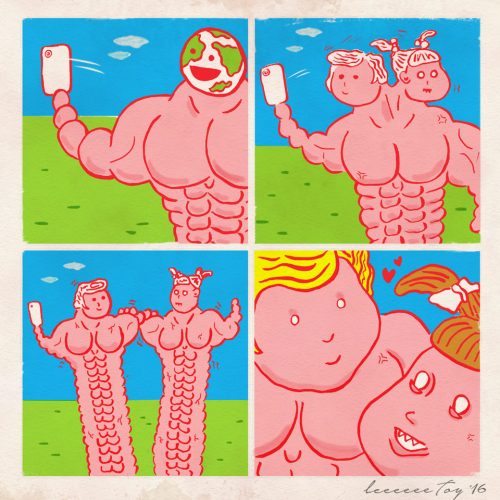
“Don’t Worry, Be Earthly” Comic – set of 3
"Don't Worry, Be Earthly" Comic - set of 3
-

2da6 Ngau Wing
2da6 Ngau Wing
-
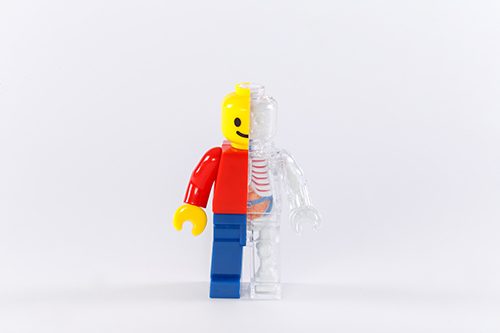
Brick Man Funny Anatomy
Brick Man Funny Anatomy
-
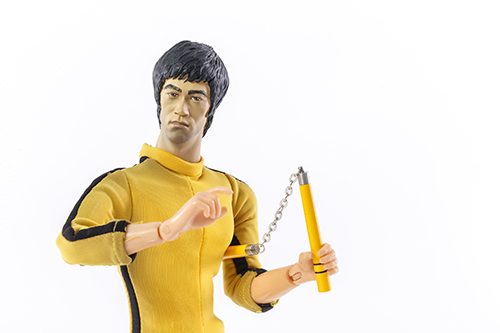
Bruce Lee figure
Bruce Lee figure
-
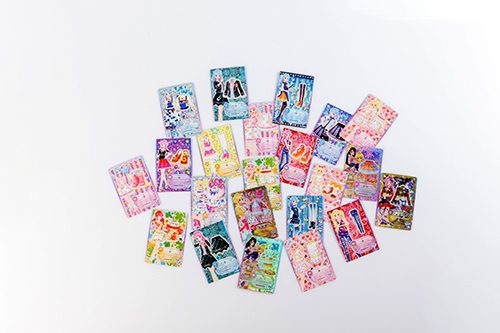
Data Carddass Aikatsu
Data Carddass Aikatsu
-
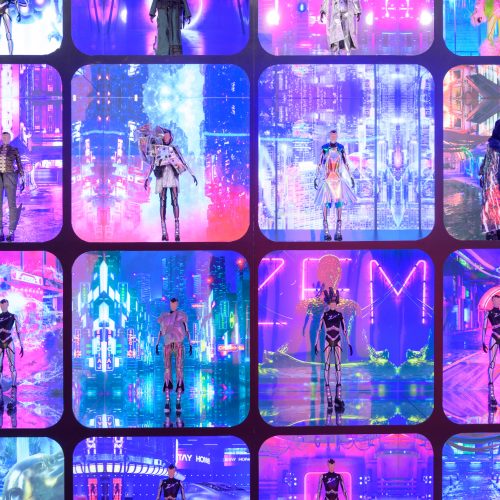
Design District Hong Kong (#ddHK) “Heart of Cyberpunk” – Immersive Fashion Experience
Design District Hong Kong (#ddHK) “Heart of Cyberpunk” - Immersive Fashion Experience
-
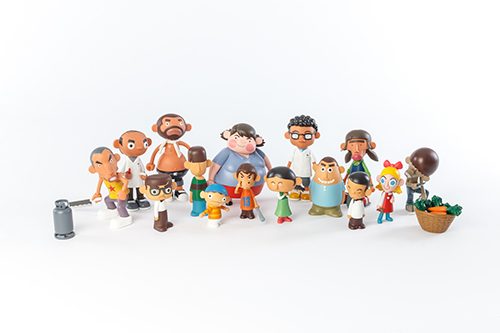
Estate Series
Estate Series
-
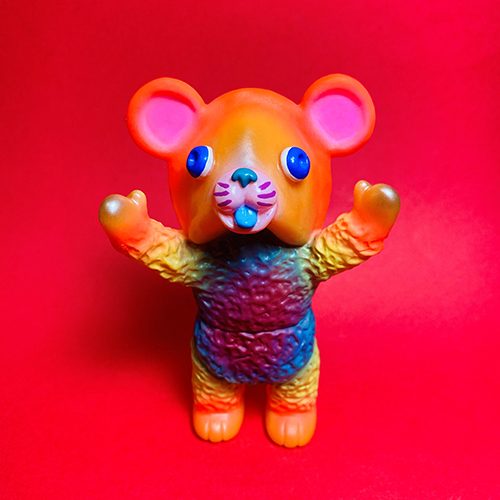
Fuku Bear
Fuku Bear
-
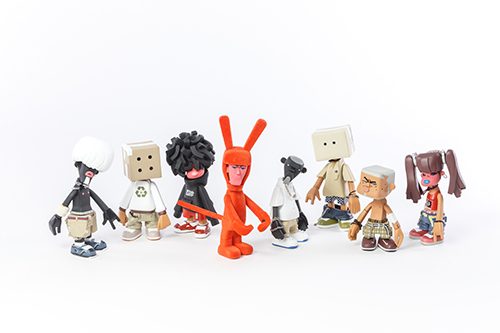
Gardener 6″ series
Gardener 6" series
-
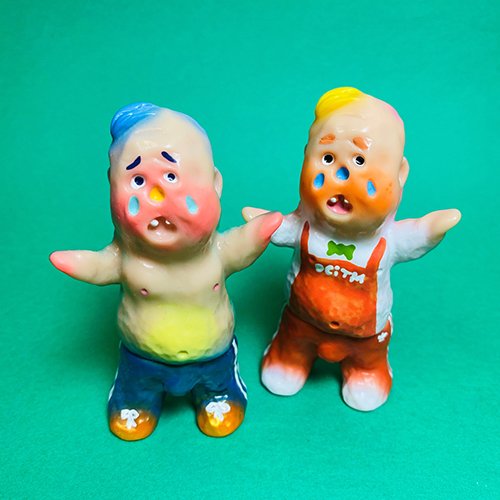
Kaiju Daawo
Kaiju Daawo
-
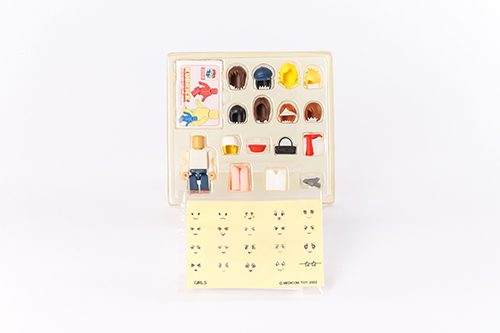
Kubrick Customize 2 (Girls)
Kubrick Customize 2 (Girls)
-
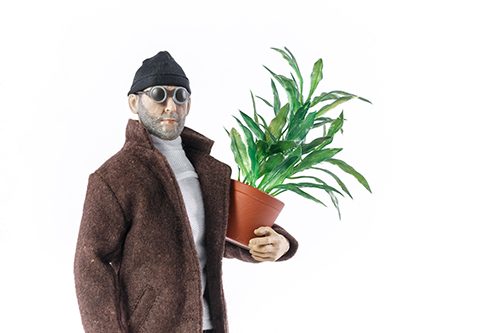
Léon: The Professional (Jean Reno)
Léon: The Professional (Jean Reno)
-
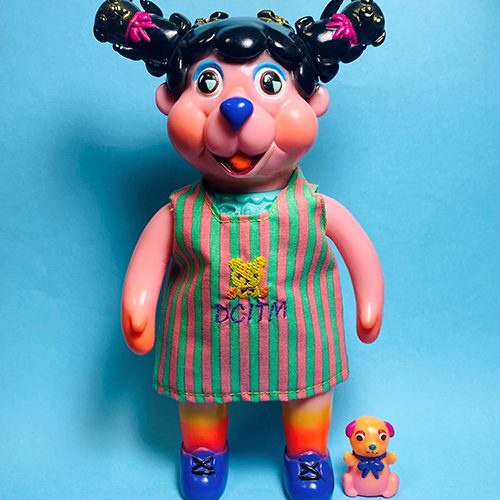
Lillian & BiBi
Lillian & BiBi
-
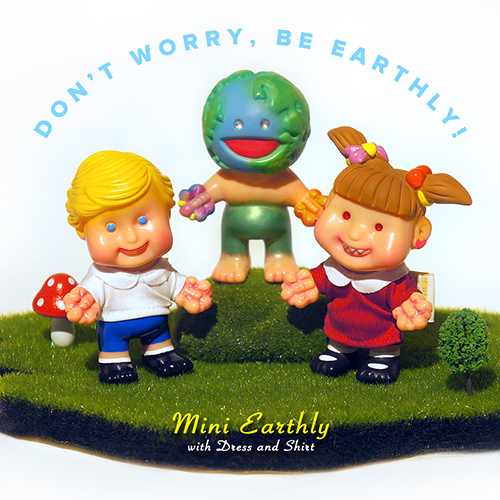
Mini Earthly Mix & Match Fun Kit
Mini Earthly Mix & Match Fun Kit
-
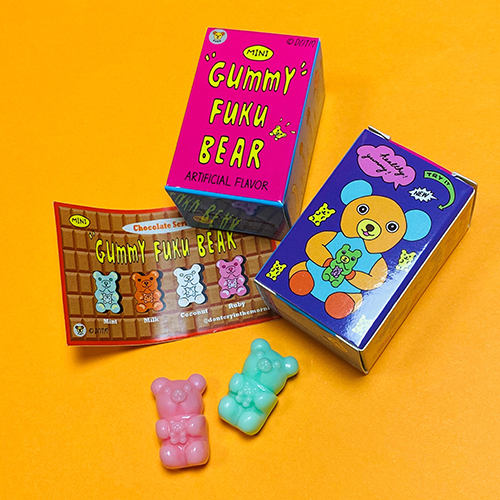
Mini Gummy Fuku Bear
Mini Gummy Fuku Bear
-
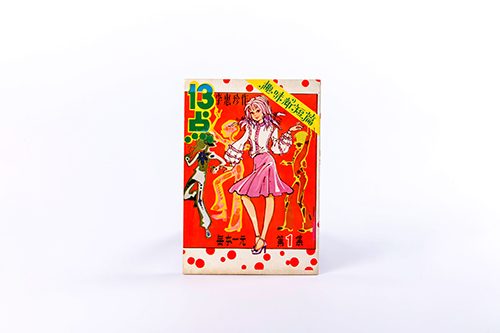
Miss 13 Dots
Miss 13 Dots
-
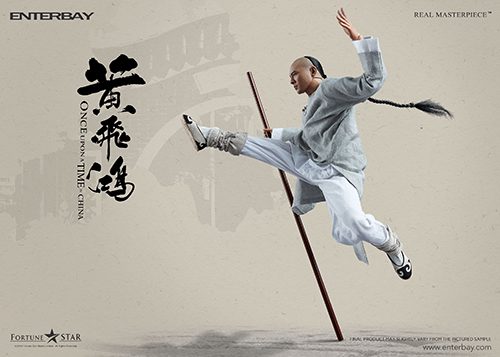
Real Masterpiece – “Once Upon a Time in China” Wong Fei Hung Collectible Figure
Real Masterpiece - “Once Upon a Time in China” Wong Fei Hung Collectible Figure
-
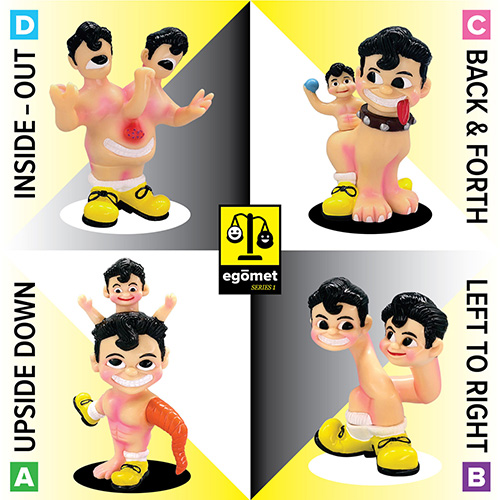
Seesee in wonderland
Seesee in wonderland
-
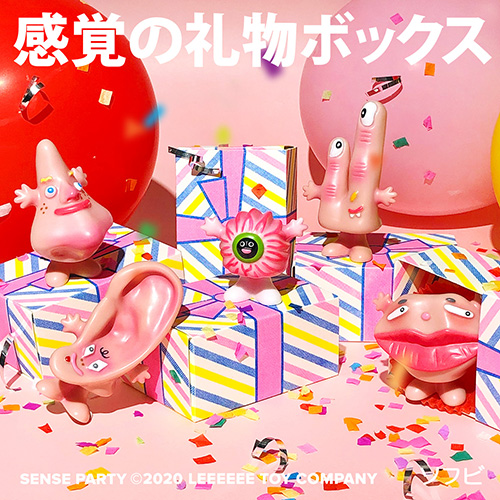
Sense Party
Sense Party